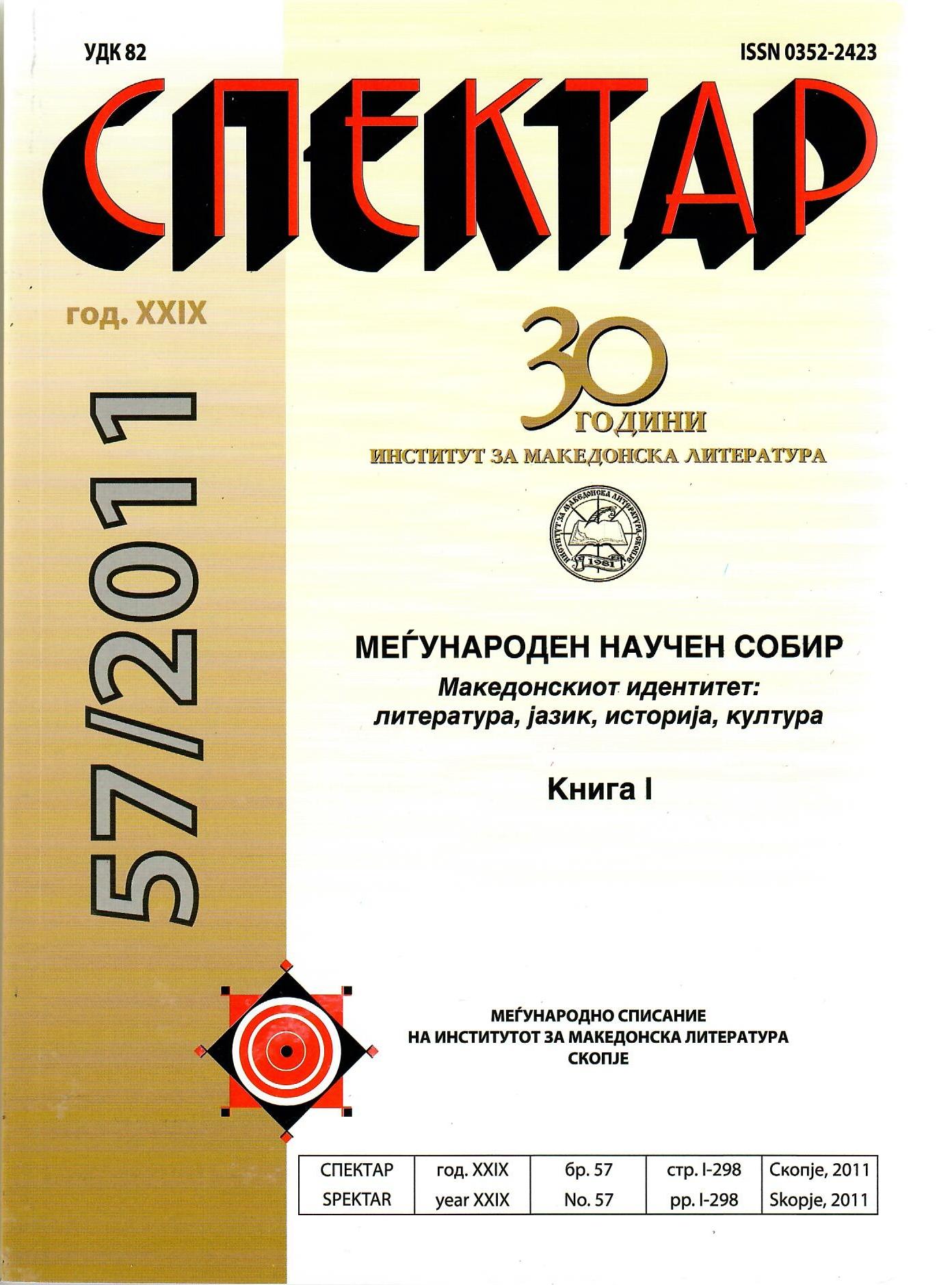ИДЕОЛОШКАТА ДИМЕНЗИЈА НА СУДИРОТ ПОМЕЃУ ВАСИЛИЈ II И САМУИЛ
IDEOLOGICAL DIMENSION OF THE CONFLICT BETWEEN BASIL II AND SAMUEL
Author(s): Mitko PanovSubject(s): Cultural history, Comparative history
Published by: Институт за македонска литература
Keywords: Basil II; Samuel; Samuel's state; Macedonia; Macedonians; Byzantine; Balkan; Bulgaria; Bulgarians; Mysians; Scythians; Barbarians; the Ohrid Archbishopric
Summary/Abstract: The paper aims to show that the terms "Bulgarians" and "Bulgaria" for the identification of the legendary clash between Basil II and Samuel were the later constructs of Byzantium. The created ideology of the Byzantine dynasty known as Macedonian, accompanied with the ecclesiastical policy of the church elite in Constantinople, were the key factors that predisposed the projected terminological representation in Byzantine sources of the new state established in Macedonia in 969 and the conflict between Basil and Samuel. After the annihilation of the Samuel State in 1018 Byzantine political and religious elite constructed the projected picture in the byzantine sources through the introduction of the new meaning of the "Bulgarian" terminology. This was done for the purpose of demonstrating the political and ecclesiastical domination of Byzantium after the conquest of the Samuel's state and restoration of its power in the Balkans. Artificial insertion of references "Bulgaria" and "Bulgarians" in the Byzantine sources as synonyms for the Samuel's state, undoubtedly derived from the created ideological concept of Byzantium, whose basis lied in the tendency for demonstrating the Byzantine domination. This tendency found a direct reflection in the works of Byzantine authors which were written several decades after the liquidation of the Samuel’s State. While elaborating the events in connection with the conflict between Basil II and Samuel, they began to use the terms "Bulgaria "or "Bulgarians" as newly constructed synonyms for the Samuel’s state, although this was not the case with their Byzantine predecessors who were contemporaries of Samuel, which used the terms “Mysians”, “Scythians” or “Barbarians”. This ideological concept was in practice implemented through the Ohrid Archbishopric, which obtained the status of main ecclesiastical centre for Byzantium in the Balkans. It was further developed by the end of XII century, when the clash between Basil II and Samuel obtained legendary character, with the introduction of the newly created epithet for Basil II as “Bulgaro-Slayer”.
Journal: Спектар
- Issue Year: 2011
- Issue No: 57
- Page Range: 6-17
- Page Count: 12
- Language: Macedonian

